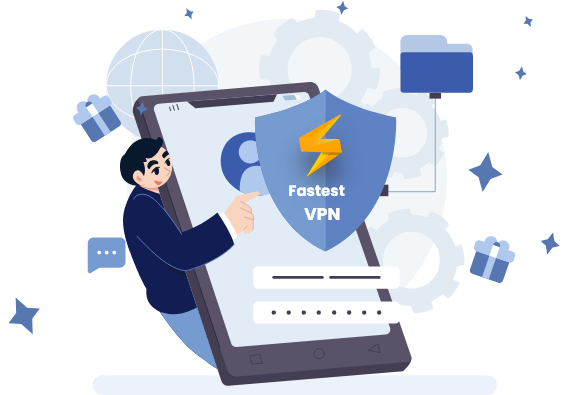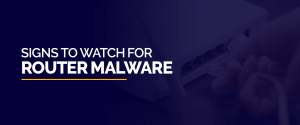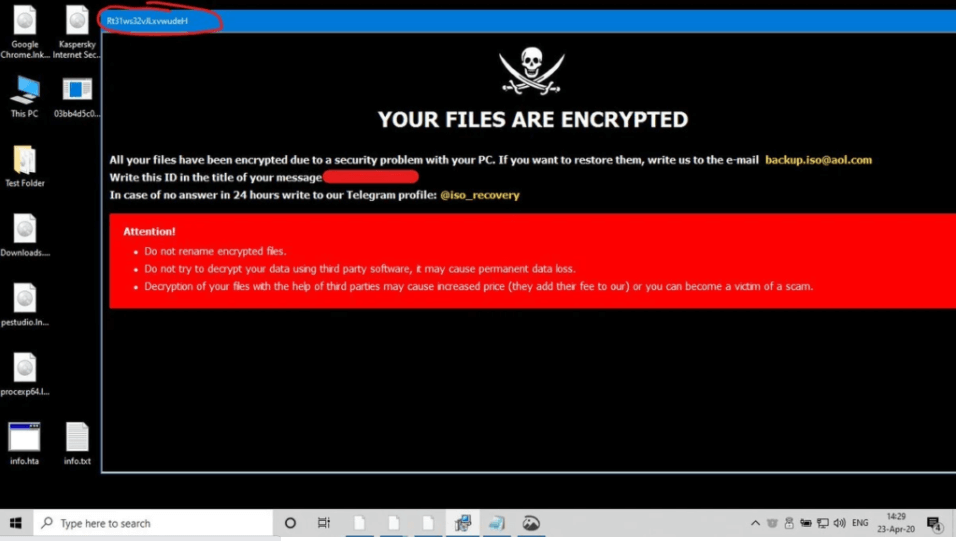

Get 93% OFF on Lifetime
Exclusive Deal
Don’t miss out this deal, it comes with Password Manager FREE of cost.
Get 93% off on FastestVPN and avail PassHulk Password Manager FREE
Get This Deal Now!By Christine Margret No Comments 5 minutes
Is my router infected with malware? If this question is running through your head, then find your answer below. Using a router gets you unequivocal privacy benefits, but do you know that a router is a prime target for hackers? Devices like a router continue to get firmware updates even after their market release when a new vulnerability discovered. Running an older firmware leaves routers exposed to malware attacks and infiltration.
When your router gets infected with router malware, a hacker can control your internet experience. Here are some examples of what router malware can do.

Depending on the malware’s strength, users may experience from the most to the least damaging effects.
One of the most severe threats to the companies, followed by router malware, is information theft. Hackers can steal information through a data breach and share it with third-parties.
The business information includes critical company details, e.g., passwords, client profiles, browsing history, and more.
Other vulnerabilities have also been discovered that include restricted file access. Hackers leverage compromised routers for ransomware attacks. In particular, ransomware is specifically designed to encrypt and conceal file access and restore access only if it is paid.
Such situations will be intimidating for anyone. Therefore, we have compiled a list of the telltale signs to determine router malware.
The incidence of abnormal router behavior is the giant sign to determine if your device is under attack. See below to find sure-fire signs ensuring a router malware attack:
Slower speeds could lead you to malware attacks. When malware resides and is activated in your system, it starts replicate. Consequently, the payload gets triggered and fills your hard drive with multiple malicious pieces that eat up space and slows down the system.
Once your router gets infected with malware, you will notice that any request you made will redirect you to some strange sites. Malicious redirect leads users to infected URLs and gets them scammed.
Hackers request money to return access to the encrypted/locked files. If your system starts showing you warnings like:

You can then realize that it’s time to get scared because your files are under file-encryption malware attack.
System crashing refers to the system’s freezing or stopping and it might be a sign of router malware. You should regularly check and keep your programs and system drivers updated. It’s also possible that your system might experience a system crash even after updating drivers and programs.
A compromised password is another sign that tells you about the router malware. Unsafe passwords are the biggest target for hackers. A change in any of your passwords might be a sign of router malware.
Scary one! Now, this is one of the most intimidating signs that something has gone terribly wrong. Contact your bank immediately if there has been an unauthorized login. Secondly, you may have been a victim of DNS spoofing; a malware may have redirected you to a fake login fake.
When you start noticing unknown software or toolbars start appearing on your system or web browser, you have to be careful while clicking on anything you see. Simply close unwanted programs, and run your system through antivirus software.
Changes in the DNS server settings of a router are usually one of the biggest signs of malware. When a hacker hijacks the router, it makes changes to the router’s DNS settings. The purpose behind changing the router DNS settings is to monitor, control, and redirect traffic to phishing sites. The best thing to keep a check on router DNS settings is through online tools that check router vulnerabilities.
Since there are unlimited router models in the market, therefore, the malware removal process varies. Usually, factory reset and DNS reboot work well.
Once you detect router malware and reboot its DNS settings, then make sure to follow the steps below to prevent future router hacking attempts:
Secure your router from external threats and vulnerabilities. Hackers always look forward to exploiting vulnerabilities to nuke system for data theft. Here you can find essential steps to follow to add a security layer for the ultimate router protection:
VPN protects you on public Wi-Fi, which is an unsecure network that can expose you to hackers. Encryption provides a layer of security that ensures no eavesdropper can sniff data packets and steal information.
However, a VPN is not an anti-virus. We strongly recommend investing in a robust anti-virus that is capable of dealing with various types of malware.
Router malware can cause severe potential dangers that include spying on webcam, stealing passwords, stealing personal and banking information, encrypting files, system crashes, and other consequences may also occur.
Keep upgrading your software, install an anti-virus, and keep reading the latest malware preventions to protect your router.
© Copyright 2025 Fastest VPN - All Rights Reserved.


Don’t miss out this deal, it comes with Password Manager FREE of cost.
This website uses cookies so that we can provide you with the best user experience possible. Cookie information is stored in your browser and performs functions such as recognising you when you return to our website and helping our team to understand which sections of the website you find most interesting and useful.
Strictly Necessary Cookie should be enabled at all times so that we can save your preferences for cookie settings.
If you disable this cookie, we will not be able to save your preferences. This means that every time you visit this website you will need to enable or disable cookies again.